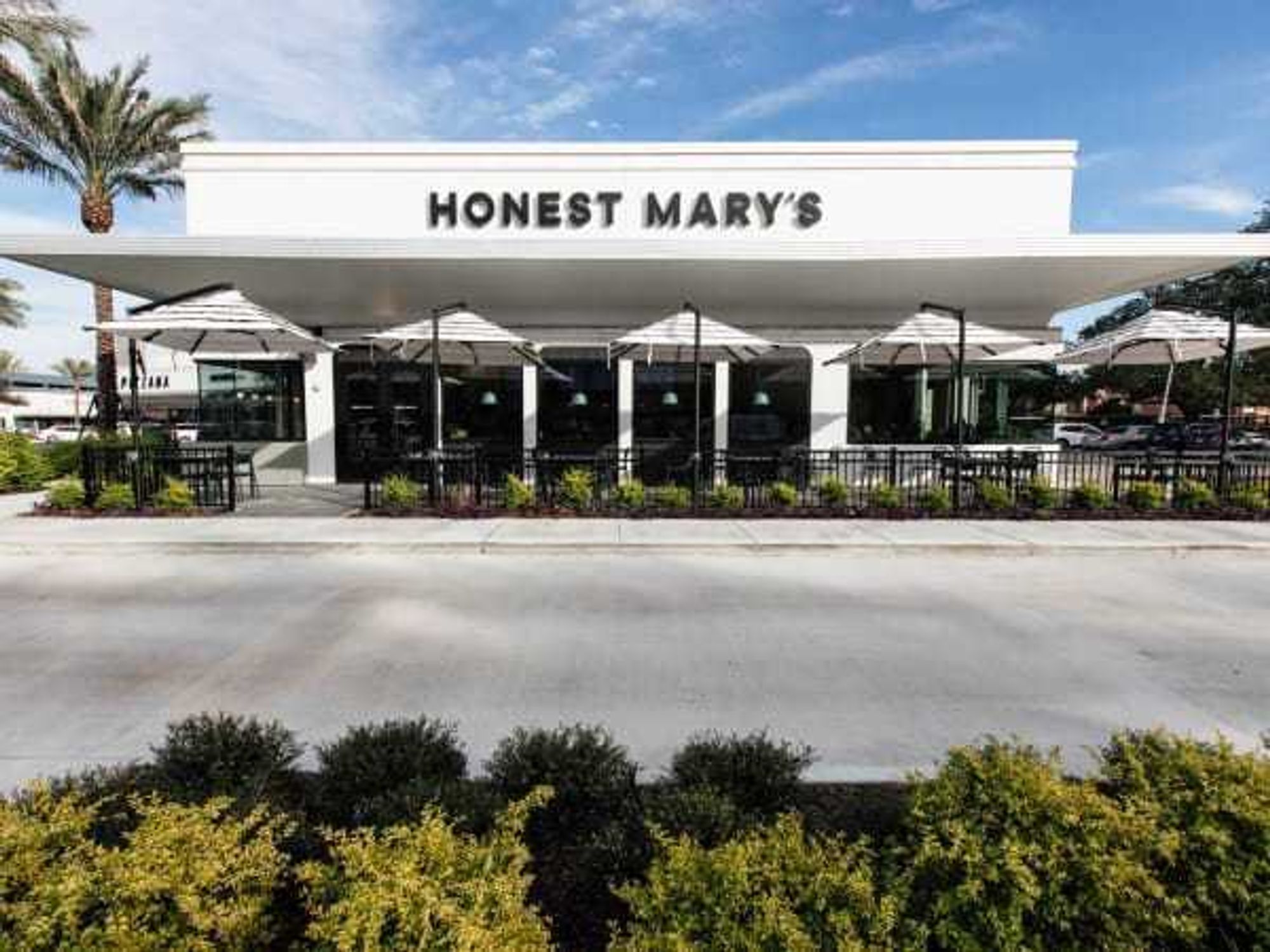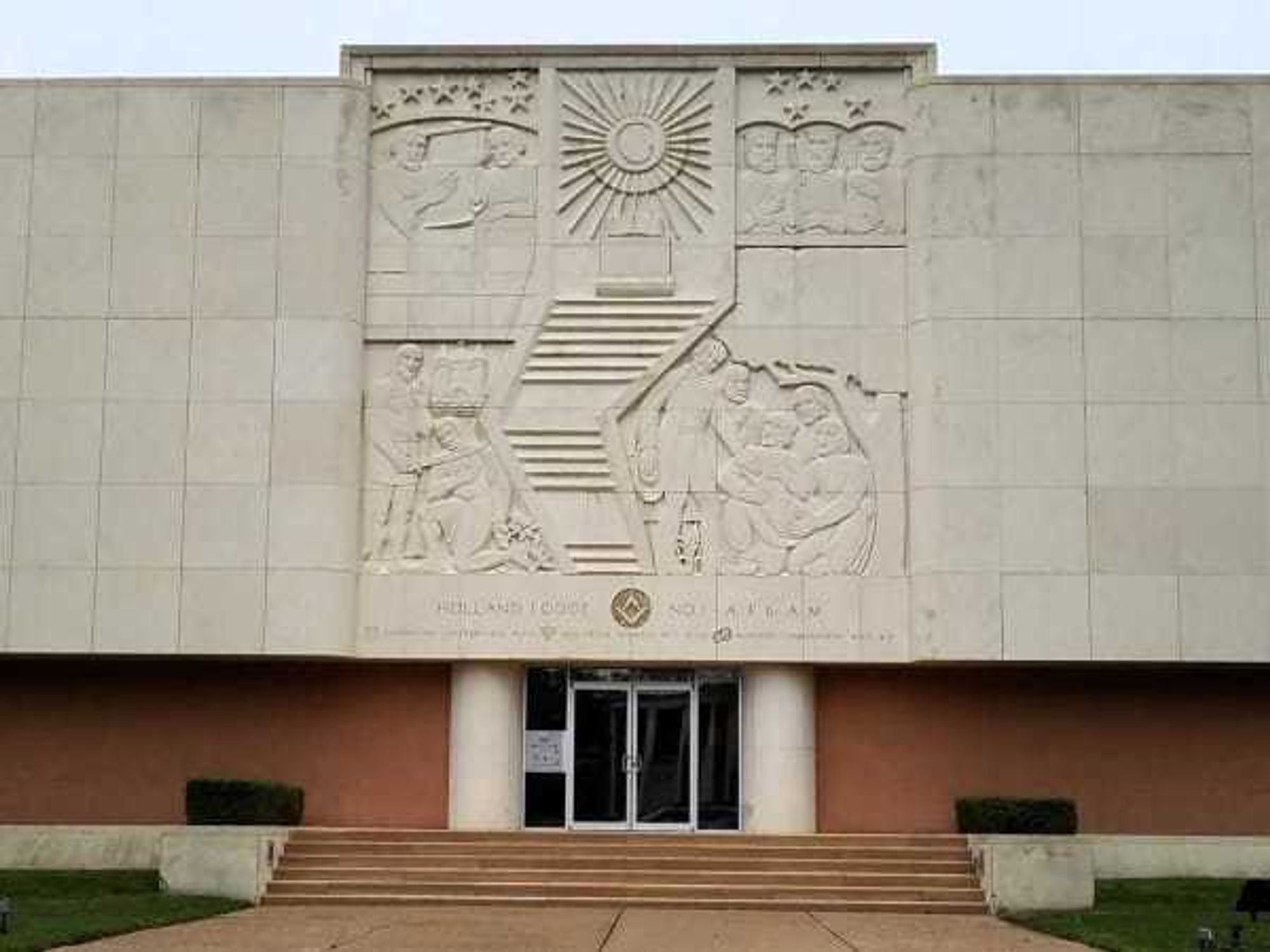Movie Magic
The real history of Rice University: Untold stories shed new light on how theschool civilized Houston
 Lovett Hall in 1913.Photo courtesy of Rice University
Lovett Hall in 1913.Photo courtesy of Rice University Aerial photo of the campus, c. 1921.Photo courtesy of Rice University
Aerial photo of the campus, c. 1921.Photo courtesy of Rice University Lovett with first faculty and trustees of the Rice Institute, Sept. 23, 1912.Photo courtesy of Rice University
Lovett with first faculty and trustees of the Rice Institute, Sept. 23, 1912.Photo courtesy of Rice University First class of women, 1912Photo courtesy of Rice University
First class of women, 1912Photo courtesy of Rice University First class of men, 1912.Photo courtesy of Rice University
First class of men, 1912.Photo courtesy of Rice University Edget Odell Lovett's book The Meaning of the New Institution contains this firstpresident's inaugural 1912 address, in which he promised to nurture dialoguebetween the university and the community.Photo courtesy of Rice University
Edget Odell Lovett's book The Meaning of the New Institution contains this firstpresident's inaugural 1912 address, in which he promised to nurture dialoguebetween the university and the community.Photo courtesy of Rice University Filmmaker Douglas Newman sought to capture the a symbiotic, synergisticrelationship that elevated Rice University alongside the City of Houston tointernational power.Courtesy Photo
Filmmaker Douglas Newman sought to capture the a symbiotic, synergisticrelationship that elevated Rice University alongside the City of Houston tointernational power.Courtesy Photo Engineering students, 1900s.Photo courtesy of Rice University
Engineering students, 1900s.Photo courtesy of Rice University
When film producer Douglas Newman ambled through the Rice University campus conducting interviews for his documentary Beyond the Hedges: Rice University & the City of Houston, in his satchel he carried what Rice officials refer to as the institution's "constitution." Edget Odell Lovett's book The Meaning of the New Institution contains the first Rice president's inaugural 1912 address, in which he promised to nurture dialogue between then the William M. Rice Institute for the Advancement of Literature, Science and Art and its emerging, somewhat raw community.
"I didn't study at Rice," says Newman, who has contributed to CultureMap in the past. "I grew up around Rice. I attended summer school at Rice. I went to concerts and watched football games at Rice.
"My connection to Rice, like many other residents here, is because I am a Houstonian. By virtue of living in Houston, we have an awareness and a relationship to its activities.
"Ultimately, what we wanted — what I wanted — is to talk about Rice in a way that would interest students faculty, staff, alums, Houstonians and anyone with a penchant for history."
Newman's film is being spotlighted as Rice celebrates its centennial. The university commissioned and financed the movie, hiring Mouth Watering Media (where Newman is the director of creative programming) to produce it.
The Rice-Houston connection
Turn-of-the-century Houston, a town with a population of 70,000, was anti-intellectual. It was a place to make money — with little or no education needed. The city's economic prosperity was dependent on land and what one could do with such land. The basis of wealth was oil, cotton, timber and cattle. Streets were unpaved. A sewage system was lacking. There wasn't a library for hundreds of miles.
William Marsh Rice, who grew up in a poor household in Massachusetts, moved to the Republic of Texas in 1836 in search for fortune. He found it in real estate, lumber, transportation, imports and exports. And though he moved to New York three decades later, his emotional tie to the town responsible for his affluence was at the helm of his decision to bestow much of his capital to establish Rice — with the stipulation that nothing would be executed until after his death.
"You can't possibly understand the history of Rice without also understanding the city of Houston and likewise you can't understand Houston if you don't understand Rice."
Rice didn't have academia in his blood, and neither did the original board of trustees. When Lovett, an astronomy and mathematics professor at Princeton University, was offered the job as president, he recognized the potential, seized the opportunity and traveled the world to study other models of academic study.
Lovett understood the concept of melding undergraduate and graduate study with research. He was fluent in many languages and appreciated humanities, music and art along sciences.
"Many of the people I interviewed shared similar sentiments: A deep admiration for Lovett and what he was able to accomplish against what seemed like great odds," Newman says. "The city was really young and he started from nothing and created a university that could compete in a global scale."
When the Lovett Hall opened in Sept. 23, 1912, the Byzantine-style building and the 55 matriculated students stood on a treeless, empty, flat prairie surrounded by none of the green canopy that hugs the campus today.
"He started with swamp land," Newman says. "He ended with one of the top universities in the world."
The spirit of the university and Houston hasn't changed much since those formative days: It's wide open.
"You can't possibly understand the history of Rice without also understanding the city of Houston and likewise you can't understand Houston if you don't understand Rice," Rice board chairman James Crownover, says in the opening of the film.
Beyond the hedges
That's the story that Newman sought to capture in Beyond the Hedges — the idea that Rice has grown alongside Houston, developing its programs and services to mirror the needs of the city, creating a symbiotic, synergistic relationship that elevated both to international power.
"There's a focus on Rice keeping a finger in the pulse of industry, and contribute to that connection to stay ahead of technological advancements and trends."
"A common thread and an important philosophy for (current Rice president) David W. Leebron today is turning research into practical applications, working with industry and government to secure their future," Newman says. "It's part of the Rice identity.
Like how the multidisciplinary approach to energy in all forms contribute to the energy industry, and how the science and biomedical fields contribute to the Texas Medical Center.
"There's a focus on Rice keeping a finger in the pulse of industry, and contribute to that connection to stay ahead of technological advancements and trends."
Newman amassed more that 40 hours of interviews with figures such as trustee J.D. Bucky Allshouse, Mayor Annise Parker, former president Malcolm Gillis, Harris County Judge Ed Emmett, Kinder Institute for Urban Research co-director Stephen Klineberg, former Secretary of State James A. Baker III and more than 30 additional stakeholders. And much of the historical footage and images were provided from sources like the Woodson Research Center at Rice University, in addition to The George Bush Presidential Library and Museum, John P. McGovern Historical Collections and Research Center, Houston Metropolitan Research Center at the Houston Public Library, Menil Archives, Houston PBS and Princeton University.
Some of the footage included in the film had never been available for public view, including a demonstration of the first attempt at crafting the mechanics for an artificial heart, exemplifying the interdisciplinary collaboration between Dr. Michael E. DeBakey and the chemical engineering department led by professor William Akers.
Among the stories Newman highlights are former President John F. Kennedy speech supporting efforts to send a man to the moon, the importance of football and athletics, the discovery of the buckyball and the development of nanotechnology, John and Dominique de Menil's role in advancing the arts at the university, and visits by Roberto Rossellini, Andy Warhol and Margaret Thatcher.
With so much information, some tales didn't make it into the film.
"The murder of William M. Rice is a fascinating story, a great narrative," Newman explains. "It's a movie in itself and to explain it and do it justice, we either had to devote more time or to leave it — perhaps for another documentary."
"I want you to believe in reason. I want you to believe in beauty and beautiful things. I want you to believe in your fellow man."
Newman was also fascinated by the position that Rice played in bringing NASA to Houston, in which Rice purchased land from Humble Oil (Exxon) for one dollar to then transfer it to the government for the $60 million manned space flight laboratory.
The legacy
In the film, history professor John B. Boles recites the words that Lovett spoke at the initial convocation in 1912.
"I want you to believe in reason. I want you to believe in beauty and beautiful things. I want you to believe in your fellow man. I want you to believe in the potential for teaching and the potential for learning."
So the story goes that Lovett continued in a hushed, thinking-to-himself tone.
"If you believe in the potential for teaching and the potential for learning, and your fellow man and reason and beauty, we can start a great university."
Who can argue that those aren't the ingredients for a great city?
___
Beyond the Hedges: Rice University & the City of Houston screens on Friday at 10 a.m. and at 2:30 p.m. at the International Conference Facility inside Baker Hall at Rice University, and will be broadcast on KUHT Ch. 8 Houston PBS at 5 p.m. Sunday.

 The building at 4911 will be torn down for the new greenspace. Holland Lodge No. 1, A.F. & A.M./Facebook
The building at 4911 will be torn down for the new greenspace. Holland Lodge No. 1, A.F. & A.M./Facebook